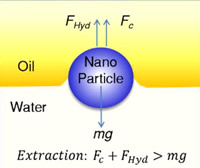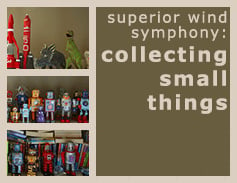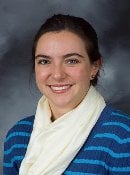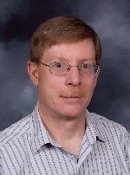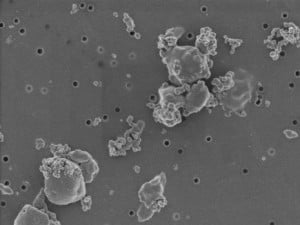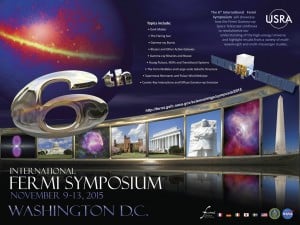 Physics graduate student Chad Brisbois presented a poster at the Sixth International Fermi Symposium, which took place in Arlington, VA, on November 9-13, 2015. The poster won second place in the student poster contest sponsored by the Universities Space Research Association (USRA).
Physics graduate student Chad Brisbois presented a poster at the Sixth International Fermi Symposium, which took place in Arlington, VA, on November 9-13, 2015. The poster won second place in the student poster contest sponsored by the Universities Space Research Association (USRA).
NASA’s Fermi Gamma-ray Space Telescope observes light in the photon energy range of 8,000 electronvolts (8 keV) to greater than 300 billion electronvolts (300 GeV). It was launched in 2008.
The symposium showcases how the Fermi Gamma-ray Space Telescope continues to revolutionize our understanding of the high-energy Universe. It highlights results from a variety of multi-wavelength and multi-messenger studies.
USRA is an independent, nonprofit research corporation whose mission is to advance the space- and aeronautics-related sciences exploration through innovative research, technology, and education programs; promote space and aeronautics policy; and develop and operate premier facilities and programs by involving universities, governments, and the private sector for the benefit of humanity.
Brisbois’ advisor is Robert Nemiroff.
